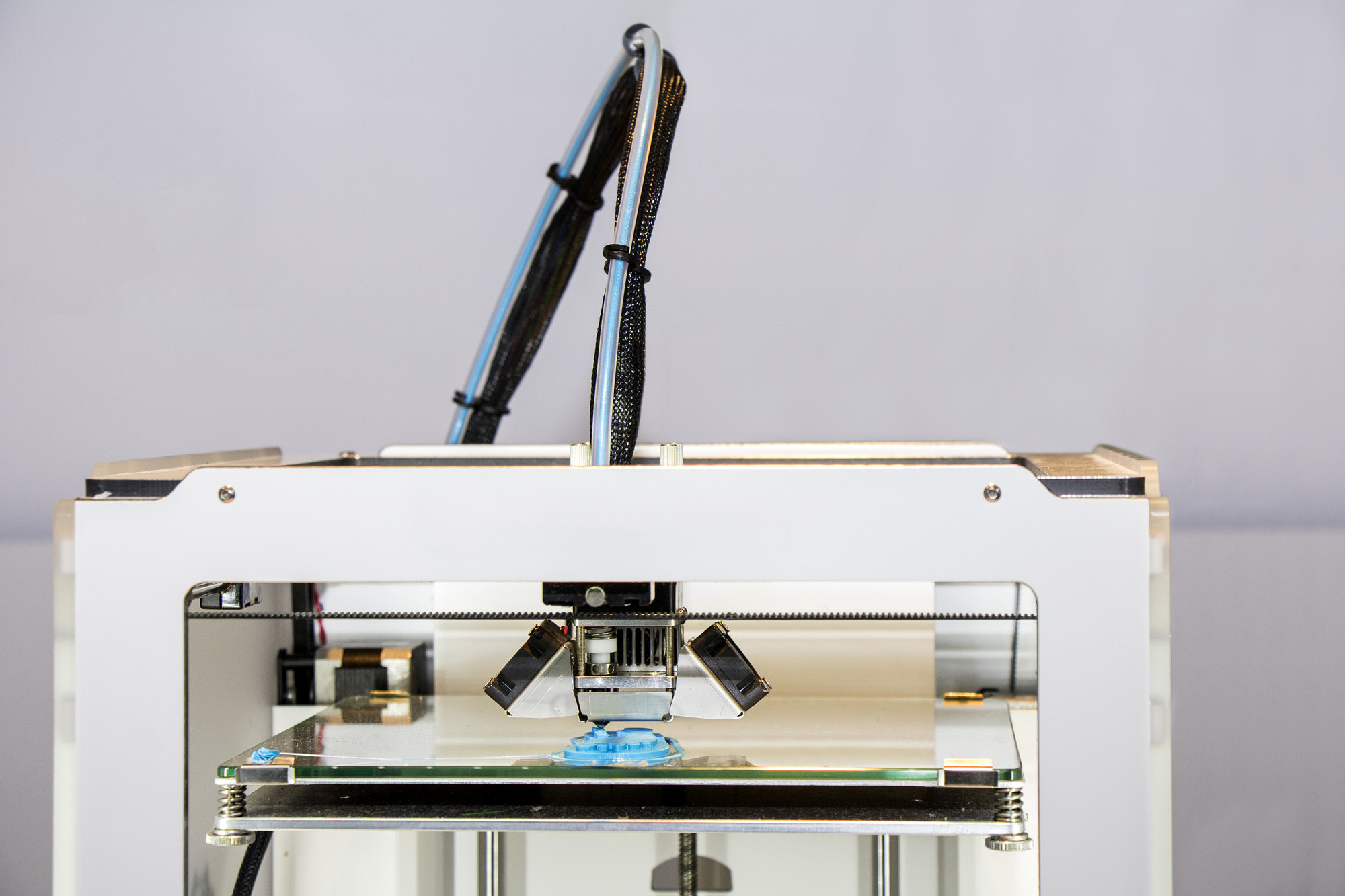Collaborative Research Centres: One new and one extended funding
The German Research Foundation (DFG) is providing funding worth a total of 28 million euros for three research projects at Friedrich-Alexander-Universität Erlangen-Nürnberg (FAU) – two of them at the Faculty of Engineering.
Efficient manufacturing using mechanical joining methods
FAU has received a new collaborative research centre called CRC/TR285 ‘Development of a method for mechanical joining in versatile process chains’ in which Prof. Dr. Marion Merklein, Chair of Manufacturing Technology, will be working with the University of Paderborn, which is the coordinating university, and the University of Dresden. Joining describes the ability of semi-finished products, in other words pre-manufactured blanks such as pipes or sheets, to be joined to form end products. The aim of the project is to adapt joining (as a key to efficient manufacturing processes) to match the growing variety of products made using various materials and construction methods. The lightweight construction of moving masses plays a significant role in this respect. The optimisation of cost-effective series production of products with many variants will ultimately also strengthen Germany’s position as a development and manufacturing location. In a total of 16 sub-projects, researchers are investigating methods for increasing versatility in materials, design, and manufacturing as well as prognosis and design of joining methods. The DFG is providing funding worth 10 million euros for the first funding period, and FAU has been allocated nearly 3 million euros of this amount.
Multi-material components from a 3D printer
Using additive manufacturing, better known as 3D printing, components made of plastic or metal can be industrially manufactured in almost any shape and quantity. Some of the challenges involved with this method include unsatisfactory component properties and the limited variety of materials that can be used. These are the reasons why additive manufacturing has not yet been successful in industry. FAU researchers led by Prof. Dr. Dietmar Drummer at the Institute of Polymer Technology are therefore trying to improve this technology. They use powdered and beam-based additive manufacturing processes where laser and electron beams melt powders layer by layer at high temperatures until the required shape is achieved. The advantage of this method is that components previously manufactured using several single parts can now be manufactured in one single piece. During the last few years, scientists at FAU have successfully improved the understanding of this method, for example by using simulation on relevant steps of the process. Processes have been optimised as a result, which has in turn already led to considerable improvements in the quality of components.
In CRC 814 ‘Additive manufacturing’, which is receiving its third round of funding this year, researchers at FAU are hoping to manufacture new and improved powders that are also relevant for industry and they will focus on shortening manufacturing times with improved component design and quality. In addition, they will be working on completely new methods that will allow them to use several materials in the same component. The CRC has received just over 11 million euros of funding from the DFG.
You can find further information about collaborative research centres and transregios on the DFG’s website.
More information:
FAU Press Office
+49 9131 8570229
presse@fau.de
